>
In this Sample Village example, we are creating a fictional village in a rural or semi-rural setting.
Other examples (e.g., within an urban setting) exist as well. We will publish those in due time.
Do keep in mind that this is just a conceptual model. It’s one of many possibilities implied by CR2 thinking. Our publications have many other options and considerations.
This sample can be added to and improved, or pruned back. It’s up to you: we are only providing some options and ideas. As a sample, it is incomplete: these are only a few ideas for your reflection.
It doesn’t matter to us which country you are from. The fundamentals of CR2 can be applied in many areas. CR2 is, at its core, an ecosystem or framework. We provide principles as foundational building blocks.
It’s up to you to use those principles (hopefully, wisely and appropriately!) to form your own sense and flavor of Community. Our hope is that the formation of Community is something that is beneficial to society.
Despite very real differences across cultures and societies, many of our core needs as human beings are the same. We have far more in common than we sometimes realize. Community is meant to be a bridge and door between people.
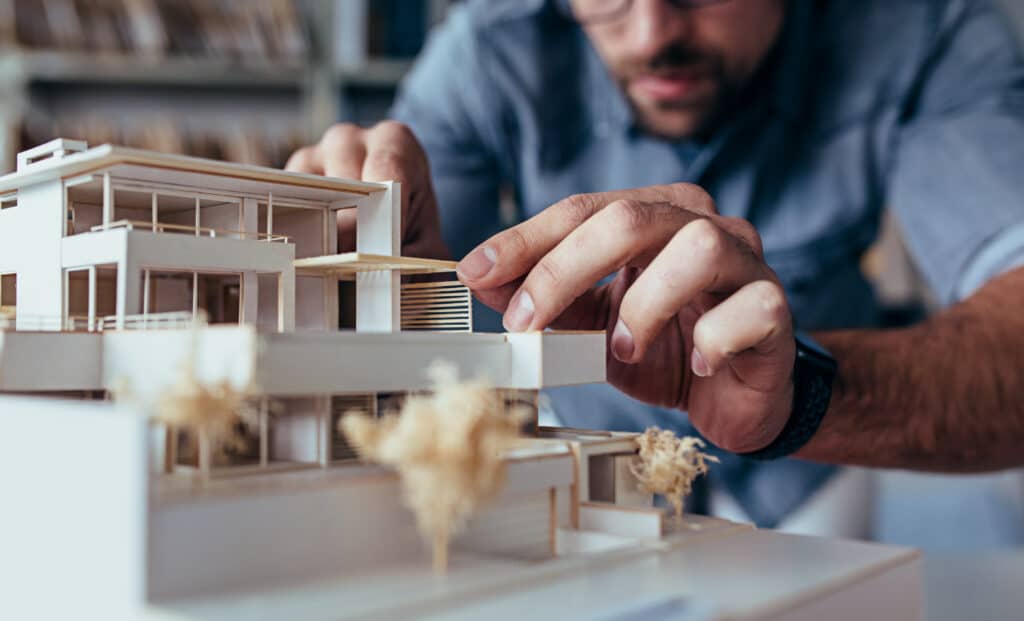
The sample concepts do not need to all appear at one location. Likely, you will find that only some are relevant to a given planning or envisioning process.
>>
In a typical Western setting for Housing, most families have high rates of asset and feature duplication.
Each family might have their own lawnmower. Rather than a shared pool of resources, we see large rates of duplication in an attempt to be independent and not reliant upon a neighbor. The reasons and rationale varies. While some concerns are valid (e.g., “Joe broke my lawnmower last time he borrowed it!”), there are high societal and financial costs incurred by avoiding interconnectedness and sharing.
Our approach to the shared resource problem involves different vantage points. Just as offices benefit from central resources (not everyone has a printer and copier), learning to work together is one of several success factors.
There is a high built-in cost (and family income requirement) attached to this “separated” model of living. The inter-dependence of previous generations has been replaced by increased individuality. As a result, the benefits of sharing have been decreased.
In CR2 villages, there is a stronger thrust towards sharing and pooling of resources. By this we don’t mean “commune.” See our article on Community. Rather, we know that each person or family unit needs their own space to help maintain Community unity. Plainly, to help reduce conflicts between neighbors or other forms of inter-personal conflict.
By moving more of our needs towards a shared approach, we can reduce the per-housing-unit costs (significantly) as well as the ongoing running costs of households.
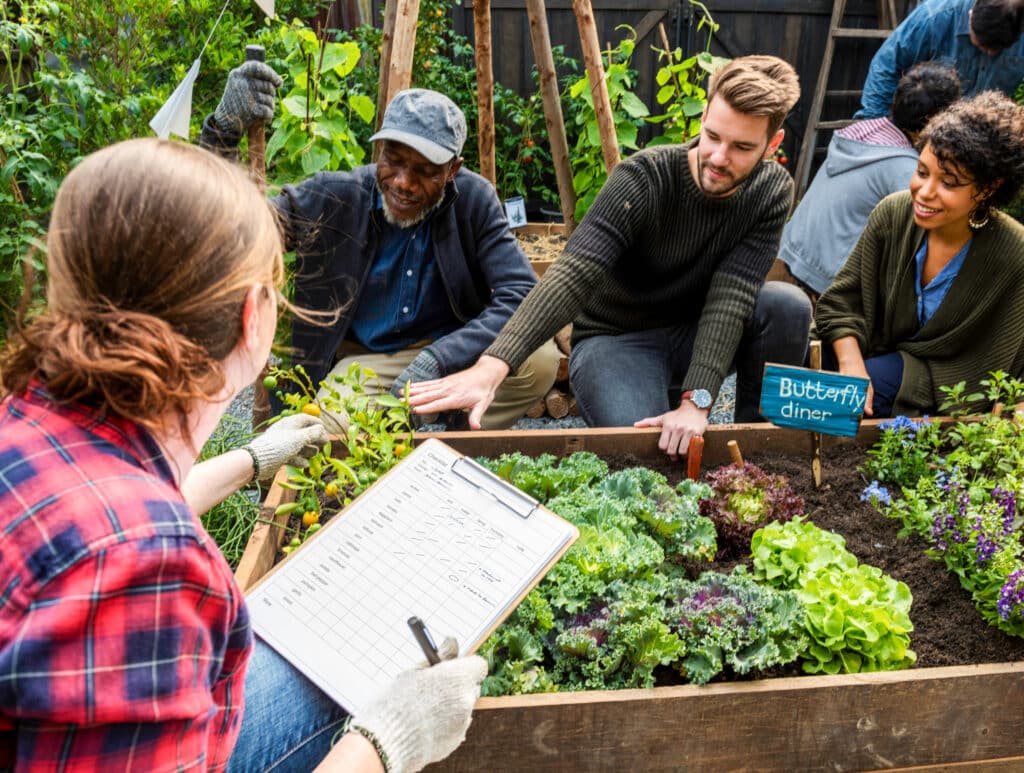
The use of a shared pool of resources is common in history and other societies.
Farmers routinely helped one another at harvest time. It was too expensive for every farmer to own large and expensive equipment. Farmers worked together at harvest time.
Community-based cultures (e.g., Amish, Indigenous, African) routinely utilized the benefits of shared resources. Potluck dinners were more common at one time. It is easier to prepare one large dish of pasta salad than a 5-course meal. Shared efforts at Thanksgiving make the preparations much easier.
A CR2 village is formed with a return to “old ways” (more sharing) yet comfortable with “new ways” (e.g., the Internet).
>
>>
We are well aware of the “Housing Crunch” that exists in many countries of the world. Certainly, in our home country of Canada, there is a shortage of Housing for citizens, immigrants, refugees and visitors (e.g., international students).
We are also aware that government(s) can only do so much. We view the Housing problems as something we all can work together to help solve.
Housing shortages tend to be a multi-faceted problem. It’s not like there is a silver-bullet solution, nor is there a “one-size-fits-all” solution. Solutions are not embedded in one “catch phrase or term.”

>>
We expect an increased need for Housing in several countries and jurisdictions.
The reasons are broad. Climate-related migration. War and conflict between countries or within countries. Famine. Needed workers for construction and other industries. Refugees. Individuals undergoing persecution or abuse in various forms.
CR2 models allow for additional Village and Housing creation without undue stress on other aspects of society. This is important: simply dropping in “thousands of people into the midst of existing social structures” can create significant challenges and sometimes create excessive stresses upon existing civil-social equilibriums. Typically, modeling in this area would involve a cooperative approach (including, for example, PPP models).
Our models incorporate a Humanitarian aspect and welcome the broader objectives of charities and other humanitarian endeavor by individuals and groups.
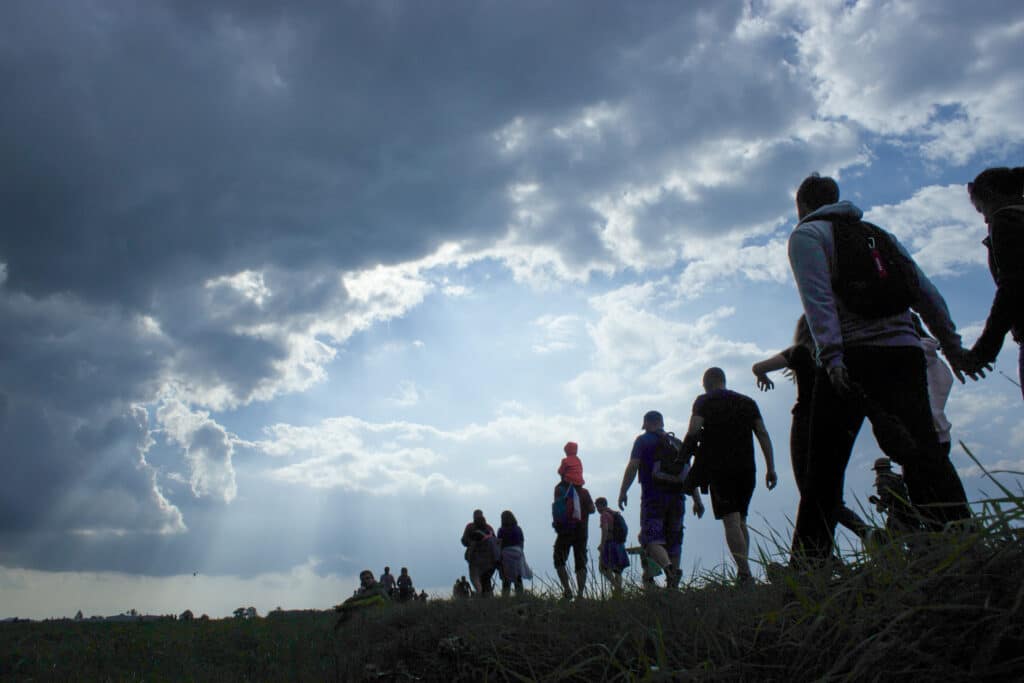
>>
We fully expect, given the volume of needed housing units, that new “village sites” will be needed. We believe that different perspectives can help make those projects especially valuable and functional.
This also implies a need for flexibility within governing jurisdictions. Constraints or pushback (like NIMBY) will need to be considered; some elements of pushback elements may be unreasonable given the acute nature of the Housing problem.

>>
You may wish to consider an experimental, laboratory or prototype (proof of concept) approach while working up your long-term plans.
Skillful blending of innovation with proven concepts—coupling new and old—helps reduce risk. This can be an important consideration while performing risk-return calculations (e.g., financial – capital and operating).
Creating a small village with the key working “pieces” means you have a model to help leverage problem-solving forward and help grow your vision.
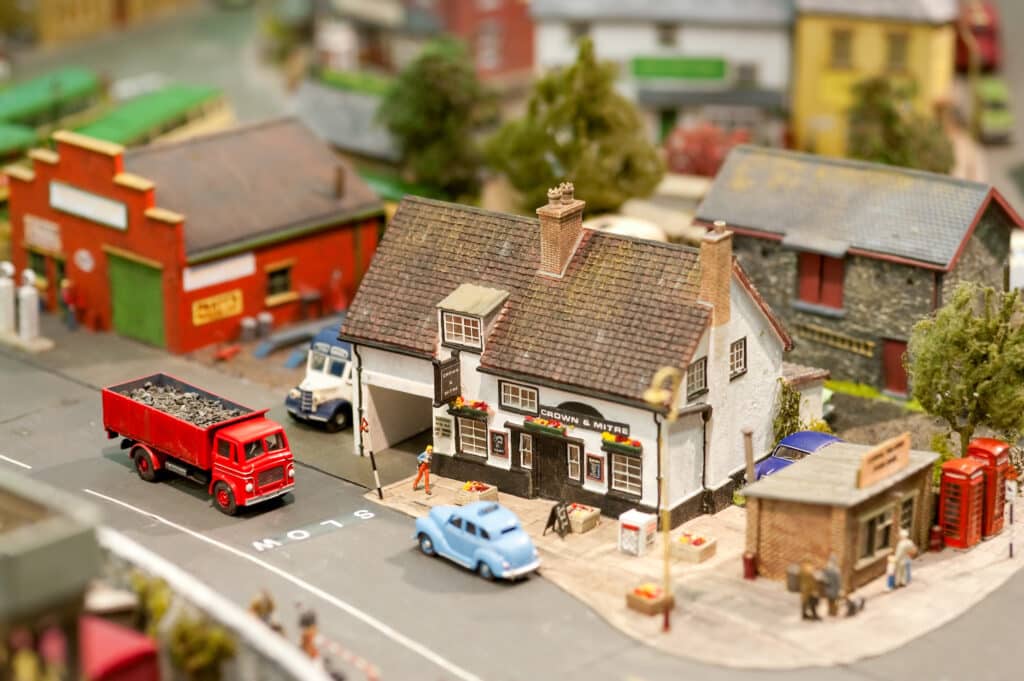
>>
CR2 models assume Sustainability as a requirement. While certain locations may need additional funding or assistance (e.g., a location focused on helping those with Dementia), CR2 advocates for Sustainability at locations.
This has implications for zoning. Older approaches (e.g., European and earlier aspects of most Western cities and towns) allowed for the proverbial “butcher, baker and candlestick maker” amid settlements and Housing. The corner grocery store was in vogue.
We encourage approaches that allow for entrepreneurial endeavor and small business.
Reduction of travel means less emissions and enhances a sense of Community.
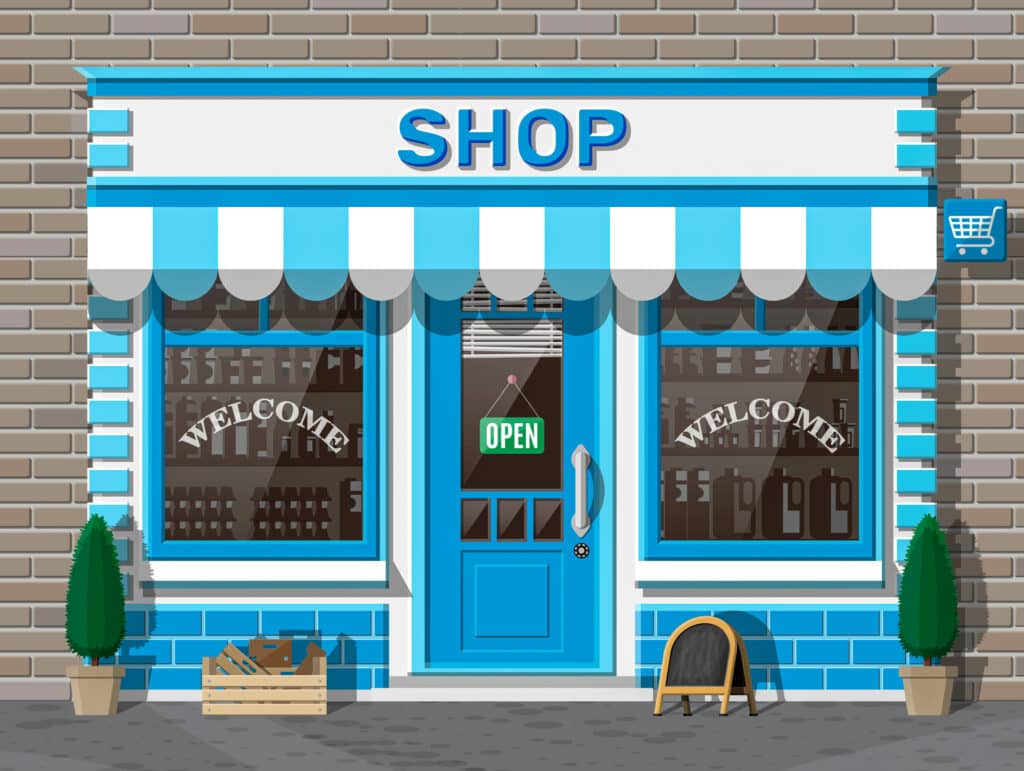
>>
This sample village is just meant as a conversation starter for your team.
Who is your team? People you would like to be in Community with. The practical realization of that (as in a place to live) grows out of people you interact with …
Use this as a catalyst to explore possible approaches.

>>
CR2 uses enhanced self-sufficiency and reduced costs (often, through utilization of “economies of scale” and sharing of assets needed for the sustaining of life and social well-being). We hope that your version of CR2 villages seeks to reduce environmental impacts.
Once our “inner needs” are met, other benefits begin to unfold. CR2 villages (rural, urban, or otherwise) encourage and mentor lifestyle changes to reduce environmental impacts.

>>
We use the term, “Cluster,” in our writings. A Cluster, in its simplest terms, is a group of people that want to do Community together. Intention and vision is the forerunner of something visible. And so the Story Arc of Community: Vision, Dwell, Grow.
Check this article out if you are interested what the term “Cluster” means in the context of CR2.
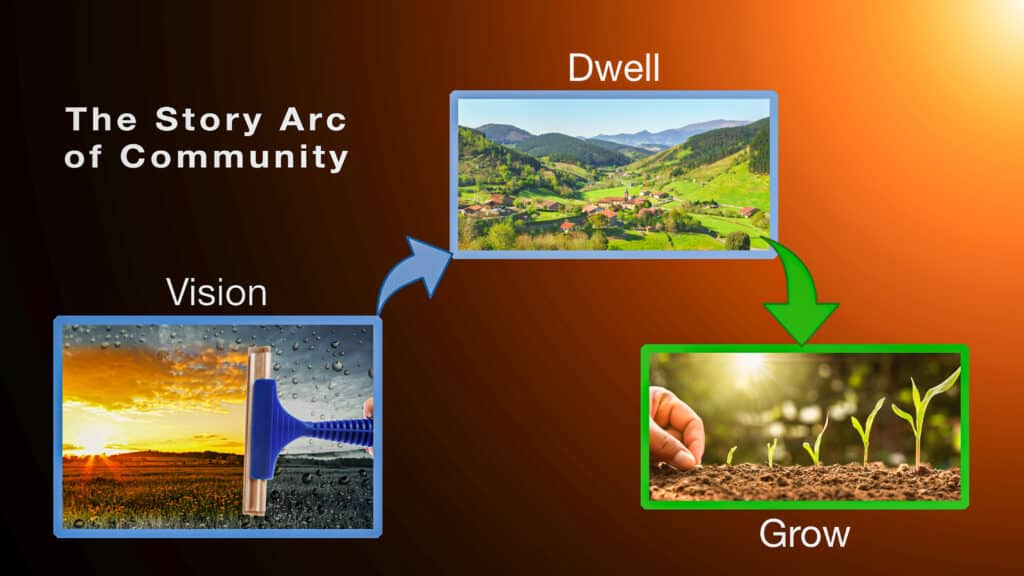
>
The categories—and associated characteristics—in the link below are only samples for illustration purposes. Many more categories could be added. As stated above, this sample can be added to and improved, or pruned back.”
Use only the categories and embedded topics that you think are relevant to your set of preferences. We fully realize that “there will be different strokes for different folks.”
Author-Editor Note: For the record, the author is not a fan of Brussels Sprouts. I have tried, several times, to get into them. It didn’t work; pass the carrots, please. I know many people that love ’em!
My point? Use only what works for you.
Correction: this last Thanksgiving, a friend of mine made Kung Pao Brussels Sprouts. They were delish! Consider this as an Official Retraction—worthy of the Kitchen Konfessional—of my Brussels Sprouts thing. CR2 editors need to change and learn too.
A Site dedicated to:
All things Community …
… that should be …
… that can be …
…. that will be …
Reimagine-d and Rethink-ed
Please support our dedicated workers with our
Publications or Products
| Cookie | Duration | Description |
|---|---|---|
| cookielawinfo-checkbox-analytics | 11 months | This cookie is set by GDPR Cookie Consent plugin. The cookie is used to store the user consent for the cookies in the category "Analytics". |
| cookielawinfo-checkbox-functional | 11 months | The cookie is set by GDPR cookie consent to record the user consent for the cookies in the category "Functional". |
| cookielawinfo-checkbox-necessary | 11 months | This cookie is set by GDPR Cookie Consent plugin. The cookies is used to store the user consent for the cookies in the category "Necessary". |
| cookielawinfo-checkbox-others | 11 months | This cookie is set by GDPR Cookie Consent plugin. The cookie is used to store the user consent for the cookies in the category "Other. |
| cookielawinfo-checkbox-performance | 11 months | This cookie is set by GDPR Cookie Consent plugin. The cookie is used to store the user consent for the cookies in the category "Performance". |
| viewed_cookie_policy | 11 months | The cookie is set by the GDPR Cookie Consent plugin and is used to store whether or not user has consented to the use of cookies. It does not store any personal data. |